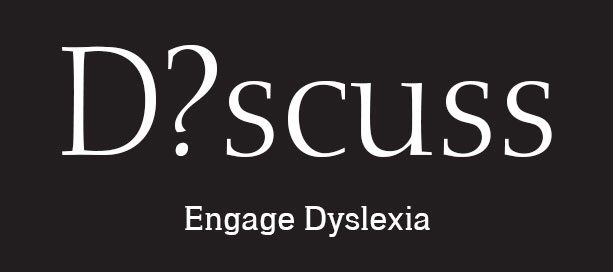Another Company that wants to play?
https://www.ispeech.org/text.to.speech
Amazon looks to become a player in the K-12 education market
In the last 10 years, education technology services have boomed in the nation’s classrooms.
A large part of those services is linked to school districts implementing one-to-one laptop/iPad/Chromebooks devices in delivering digital curriculum to students.
Currently, much of the K-12 education technology market has been dominated by Apple, Google, and Microsoft. Now, Amazon wants a cut of the billion dollars booming market by offering eBooks. Amazon already dominates the eBook market.
Meanwhile, Amazon has cemented its dominance of the American e-book market: as of early last year (2017), its share was 83% by unit volume, up from 74% in 2015. Apple’s market share has shrunk from just above 10% in 2015 to just below it last year. – Bill Rosenblatt, Forbes.
Amazon uses the Kindle Paperwhite to present their eBooks and it is an efficient way to deliver digital content as it syncs to IOS and Android devices. With Apple, one can only read an eBook the IOS device. Although Amazon did not create the eBook market, many people associate eBooks with the online retail giant.
Amazon has a low-cost delivery device for the eBooks compared to Apple and Microsoft – this would be appealing for K-12 school districts. Amazon offers a 7-inch tablet for only $30, and an 8-inch one for $50. Both come preloaded with the Kindle app. If schools wanted an efficient eBook reader, $30 would be an ideal price compared to a $300 Apple iPad device marketed to schools.
Although Amazon has a stronghold on the eBook market with low-cost devices, it does not own the content or publisher of K-12 textbooks. Amazon could make a play for the purchasing of a large textbook company to start its plan. Amazon has done this with other services such as their streaming services with licensed content. This has the possibility to put pricing measures on the current competition which includes Apple, Google, and Microsoft.
However, the research surrounding one-to-one technology initiatives in student achievement are positive, but not statistically significant. Researchers say that the results of the existing research are “small but noteworthy.”

